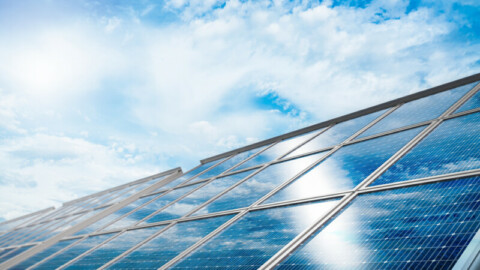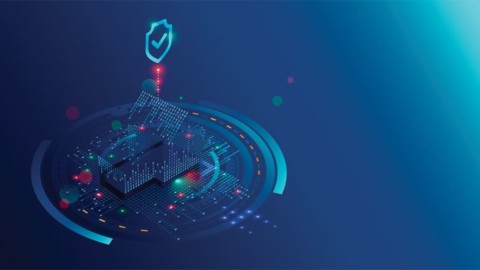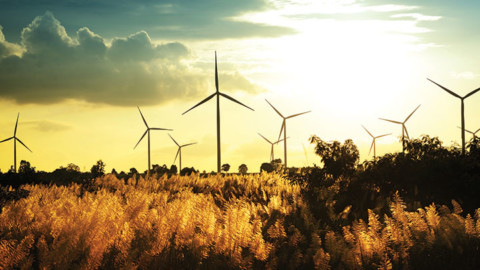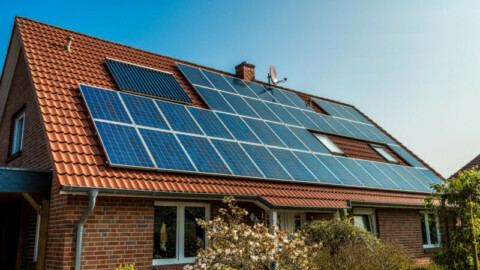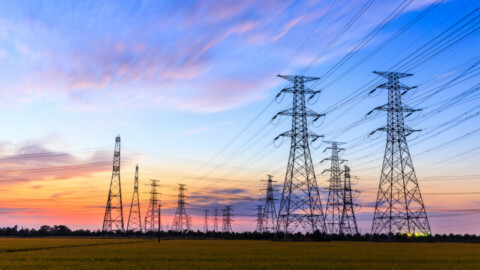When it was first launched in 2018, Sun Cable’s Australia-Asia Power Link project was touted as the world’s first intercontinental power grid, connecting Australia and Singapore to supply 24/7 renewable power. But in January 2023 the project came to a grinding halt, with Sun Cable announcing it had entered voluntary administration. A public spat between investors Andrew Forrest and Mike Cannon-Brookes ensued; and at the time of going to print, the future of the company and its ambitious project remain unclear. Here, we take a closer look at recent events, and consider whether the dream of connecting continents for the supply of electricity remains alive.
It’s the project many believed to be too audacious to come to fruition. But since first being floated in 2018, the Australia-Asia Power Link (AAPowerLink) project has made solid strides towards construction. In 2019, the project was awarded Major Project Status from the Northern Territory Government, which was followed in 2020 with the same designation from the Federal Government.
In 2021, the project was placed on the National Infrastructure Priority List and deemed ‘Investment Ready’ by Infrastructure Australia, and in September of the same year, Indonesia announced preliminary route approval for the subsea cable. By 2022 the Solar Project (Australia-Asia PowerLink) (Special Provisions) Act 2022 was enacted, providing strong regulatory guidance and facilitation for the project in the Northern Territory.
In October 2022, it was announced that Sun Cable was 50 per cent over-subscribed for offtake interest in Singapore, having received Letters of Intent for approximately 2.5GW of solar power, versus the planned supply of approximately 1.75GW. In November 2022, Northern Territory off takers were announced, with around 30GW of renewable electricity demand, resulting in scope for further projects to be developed to serve the demand.
With things seemingly all heading in the right direction mere months before Sun Cable entered into voluntary administration, where did it all go so wrong?
Sun Cable’s bold plans
Sun Cable’s stated aim from the outset was to develop the world’s largest solar energy infrastructure network, making it possible to power whole cities with renewable energy. Its website claimed that Sun Cable’s energy projects would position Australia, Singapore and other Asian markets as world leaders in the intercontinental transmission of renewable electricity.
The plan was to develop infrastructure that would facilitate the electrification of new and existing industries, supporting large-scale economic development, whilst reducing greenhouse gas emissions.
Underpinning these aims was the flagship AAPowerLink project, which was designed to harness and store solar energy from one of the most reliably sunny places on the planet in the Northern Territory, for 24/7 transmission to Darwin and Singapore via a high voltage direct current (HVDC) transmission system.
The project was scheduled to generate 3.2GW of renewable energy, connected to Singapore by a 4,200km cable capable of supplying up to 15 per cent of Singapore’s total electricity needs.
The descent
On January 11, Sun Cable announced that it had made the decision to enter voluntary administration. The company advised that it hoped the voluntary administration process would unlock a path forward to access additional capital for continued development of the AAPowerLink project.
Christopher Hill, David McGrath and John Park of FTI Consulting were appointed as voluntary administrators of the company. According to Sun Cable, the move into administration followed “the absence of alignment with the objectives of all shareholders”. While future funding proposals for the business had been provided to shareholders, consensus on the future direction and funding structure of the company could not be achieved.
Soon after this announcement, it was revealed that the shareholders who were misaligned in the future direction of Sun Cable and AAPowerLink were investor Andrew Forrest, and Sun Cable Chair Mike Cannon-Brookes, who each had a respective $40 million and $50 million invested in the company.
According to The Sydney Morning Herald, Dr Forrest and Mr Cannon-Brookes were unable to agree on new funding terms to prop up the business – which had reportedly been suffering heavy losses for a number of months. Shortly after the administration announcement, Mr Cannon-Brookes advised that he remained committed to Sun Cable and AAPowerLink, on the proviso that he work with “constructive” partners on the project.
“Sun Cable has achieved so much since it was founded in 2018. I’m confident it will play a huge role in delivering green energy for the world, right here from Australia. I fully back this ambition and the team, and look forward to supporting the company’s next chapter,” Mr Cannon Brookes said.
Dr Forrest fired back, saying that while Squadron Energy, his energy investment arm, believed in the vision of the project, “the manner in which the project is delivered needs urgent change”.
The $65 million lifeline
The saga took another turn less than two weeks later, when it was announced that Grok Ventures, the private investment arm of Mr Cannon Brookes, would provide a $65 million interest-free loan to keep the Sun Cable going while administrators seek a buyer. FTI Consulting accepted the Grok Ventures offer over other funding proposals, signifying a win for Mr Cannon-Brookes over Dr Forrest in their dispute over the future of Sun Cable.
By February 1, Sun Cable’s administrators commenced the sale process for the company, with MA Moelis Australia and Moelis & Company LLC (Moelis) appointed as sale advisor. Moelis has now invited offers for sale or recapitalisation of the Sun Cable. Any parties wishing to express an interest in the process have been advised to contact Moelis.
In making this announcement, FTI Consulting advised that should the right funding partner be found, Sun Cable is on track to achieve a Final Investment Decision for AAPowerLink Stage 1 in 2024. With the $65 million cash injection from Mr Cannon-Brookes, Sun Cable can continue operating and developing projects, including AAPowerLink, while the sale process is undertaken.
The administrators are seeking binding proposals for the sale of Sun Cable by the end of April 2023, with targeted completion no later than the end of May 2023. How the sale process plays out over the next two months will be interesting to observe. Having two billionaires, both with an impassioned focus on Australia’s clean energy future, with a focus on the project is a promising start.
Money may make the world go round, but it’s clear this project requires a more unified meeting of the minds to ensure this renewable energy project doesn’t flicker out.
Feature image of the AAPowerlink Solar Precinct Render, courtesy of Sun Cable.




